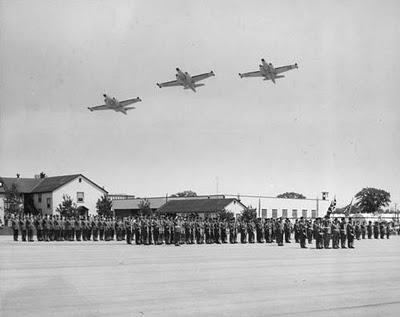April 2014
By Jim Niesen, Business & Loans Manager, HBDC
As mentioned previously, over the years, HBDC has been involved in over 250 CED activities. At any one time, HBDC is engaged in 15-20 active projects. Some of the organization’s current undertakings are: County of Huron Cultural Plan; Sustainable Food System Plan; Huron County Policy Lends; Four County Skills Gap Analysis; Healthkick Human Resources Initiative; Gateway Rural Health Research Institute; Huron Good Food Box Program; Huron Perth Eat & Learn Programs; Make Huron Home Immigration Portal; Sustainable Huron Priorities; Careers on the Water & Beyond Job Fair; Huron Economic Development Funding Partnership; Seaforth Mural Series; Bluewater Culinary Trail; and Hensall Town Hall Restoration. Without going into detailed descriptions, the project names by themselves illustrate the breadth and diversity of HBDC’s CED activities.
One project worth detailing evolved from a local Business Retention & Expansion Survey partially funded by HBDC, and could become one of the organization’s most ambitious projects of late. It is also one that combines strategic planning with CED, and has been dubbed the Vanastra Revitalization Project (VRP).
Vanastra is a community in Huron County that was built around a Royal Canadian Air Force station that experienced its apex during World War II. Renamed Canadian Forces Base Clinton in 1966, the surrounding area continued to achieve remarkable growth as a result of its operation through to 1971, when the base closed. Sold to a developer and then divided and liquidated piece by piece to individuals and business owners, Vanastra soon began to deteriorate without the base to anchor its economy.
The crux of VRP was the submission, by Huron East Economic Development Officer Jan Hawley, of a proposal to the University of Guelph, that was chosen by a group of future municipal planners and architects for further analysis and evaluation. The students met with local residents and business owners to hear first-hand what the community itself felt was needed to help it evolve and grow. A final report was presented to local residents via the Village of Vanastra Revival Team in December 2013 and featured, among other items, suggestions to capitalize upon Vanastra’s rich history and unique architecture.
It should be noted that, at the core of the report, was recognition that one of Vanastra’s greatest assets was an enthusiastic and motivated community of individuals ready to do what was necessary to "put Vanastra back on the map!" This assessment sums up everything that is HBDC. That is, an organization that can only succeed when: i) its goals and objectives are shared by the local community; and ii) the community itself is prepared to muster and put ideas into actionable deeds.

One of Vanastra’s greatest assets was an enthusiastic and motivated community of individuals ready to do what was necessary to "put Vanastra back on the map!"



